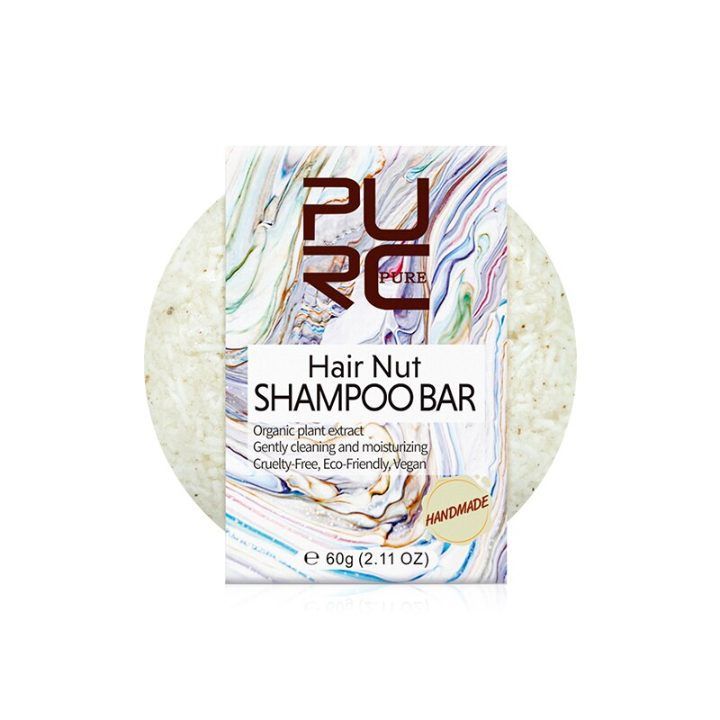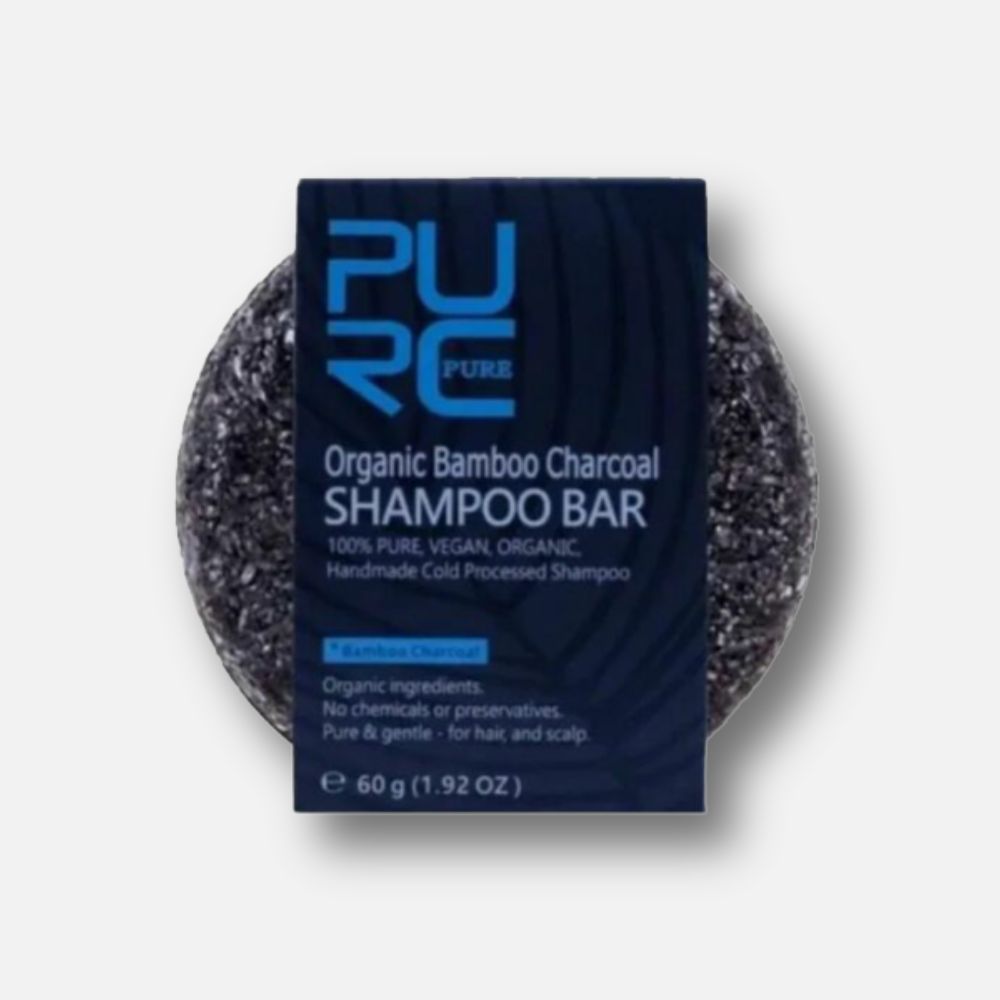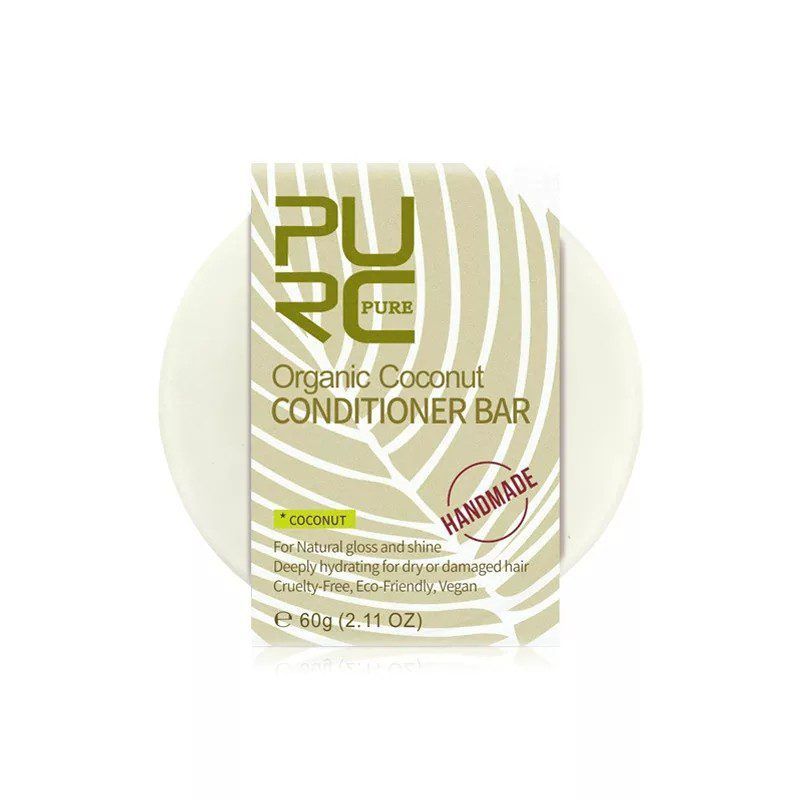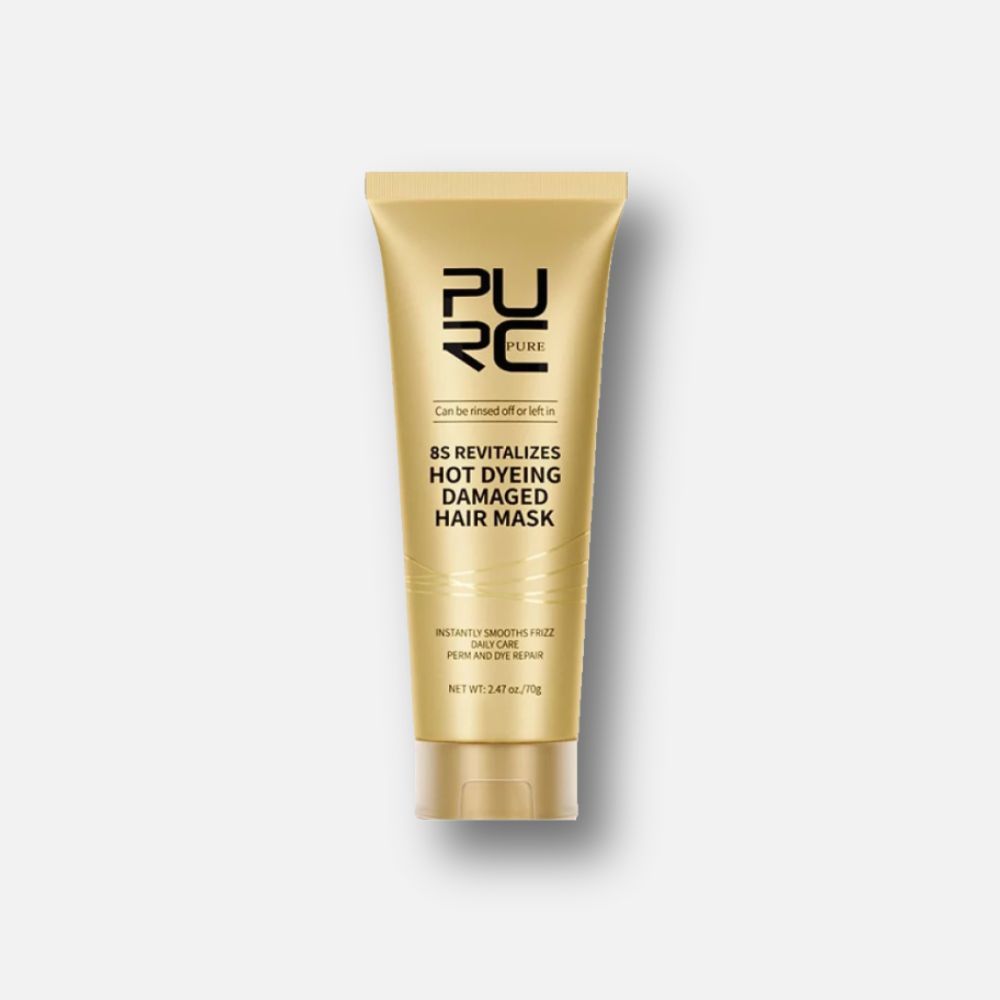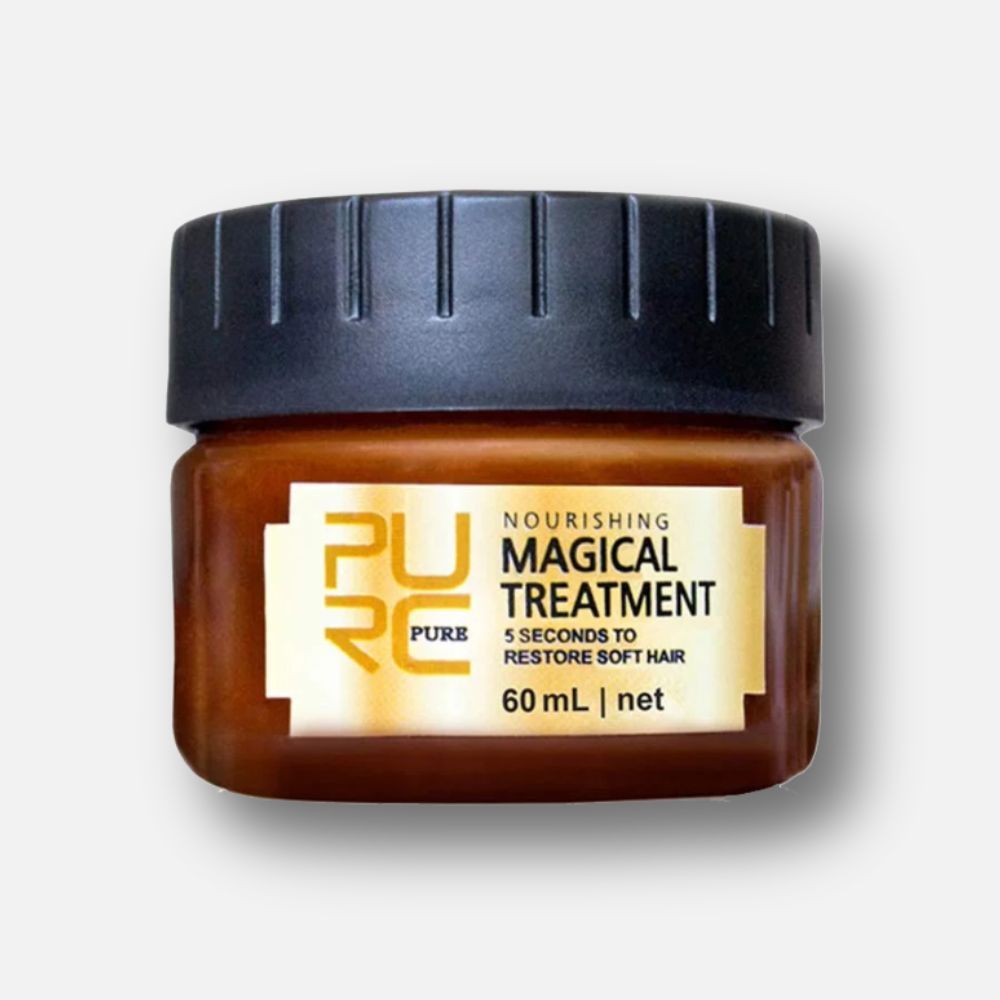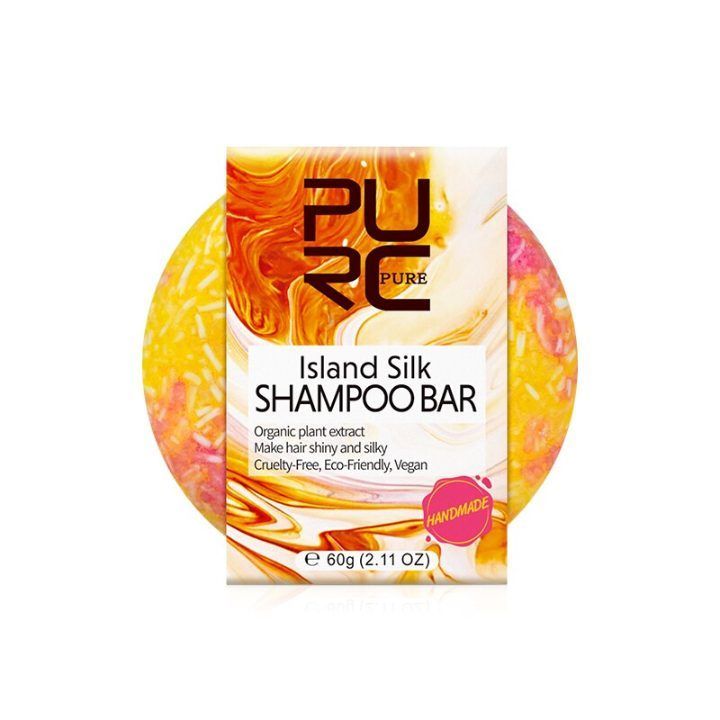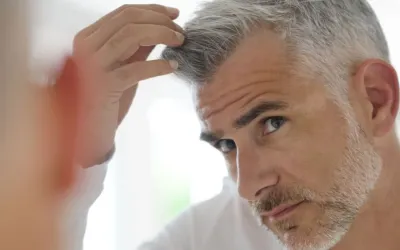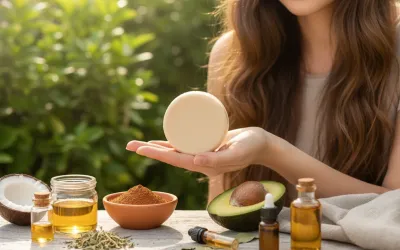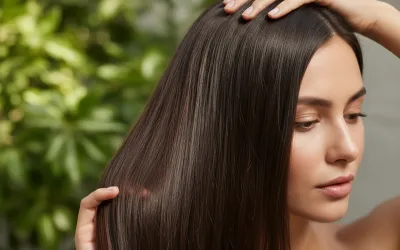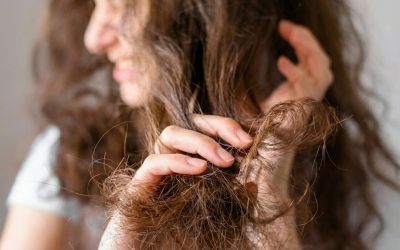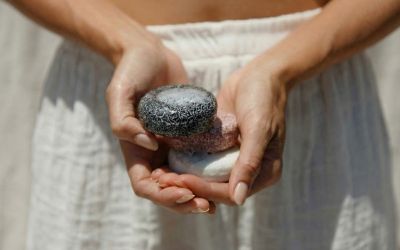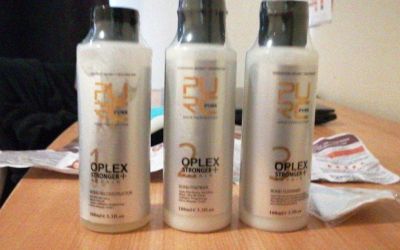Taking a shower is one of the simplest pleasures in life, especially after a long day in the office, strenuous exercise or anything you can think of. Although showering will always help you feel refreshed and rejuvenated, your hair may be telling you something different.
With this article, we aim to set the record straight once and for all by fact-checking some of the most frequent hair-care misconceptions. And, though there is no one-size-fits-all, universal model for your own personal routine because everyone needs to do what works best for them, it never hurts to have a fresh perspective on things.
The notion that your hair will become used to shampoo is false. If your shampoo is no longer producing the desired effects, your hair’s condition and demands have most likely changed. For exampleYou may have had it chopped, dyed, relaxed, straightened, or grown it longer. If this is the case, you might consider switching to a more hydrating shampoo.
Myth 1 – Hot Showers are th

Truth:
- Taking a hot steaming shower after a hard day at work during the winter months can certainly help you relieve tension, but is it really the best thing for your hair? The answer is no. Heat removes the lipids that protect skin and hair, and it can also destroy the protein connections that form hair cuticles.
- Finding hair care solutions that are developed to address your specific hair qualities is the greatest way to clean your hair. Use water that is at a suitable temperature for you, neither too hot nor too cold.
Myth 2 – Rinsing Your Hair
Stylists frequently finish washing your hair with ice-cold water, which is believed to lock your hair cuticle and allow it to lie flat.
- But guess what? There are no live cells in your hair. As a result, it does not react to cold (or hot) water. If you want smoother, shinier strands, invest in an excellent conditioner instead.
- We officially grant you permission to forgo the ice-cold showers. Because cold water will not make your hair shinier, it will make it seem glossy if it is already shining. However, if your hair isn’t glossy, it won’t become so.
Myth 3 – Frequent Shampooing Will Dry Out The Hair
Truth:
- Over-washing your hair is usually not a good idea, but washing it too seldom is also undesirable. When you wash your hair, the massaging motion stimulates your scalp, increasing blood flow and ensuring nutrients reach the follicles, avoiding hair loss and thinning as you age.
Myth 4 – Frequent Shampooing Will Make The Hair Oiler
Truth:
- Given the increase of dry shampoo in recent years, you’ve probably heard via the grapevine that regular shampooing can cause serious damage to your strands. That’s not correct.
- The sebaceous (oil) glands linked to each of your hair follicles create oils that coat your hair on a constant basis. Shampooing on a regular basis removes old, bacteria-laden oil from your hair. This prevents too much oil from accumulating and gathering dirt and dust.
Myth 5 – Shampoo First, Condition Later
Truth:
- This isn’t always true. A rising number of brands are pushing products that require you to perform the inverse. Conditioning before shampooing is an excellent way to offer nutrients to fine hair without weighing it down.
- This technique is known as reverse hair washing. Using a conditioner first may help encourage a longer-lasting blow-dry and prepares the hair for washing, allowing for even shampoo distribution.
Myth 6 – You Need To Switch Shampoos Because They Stop Working
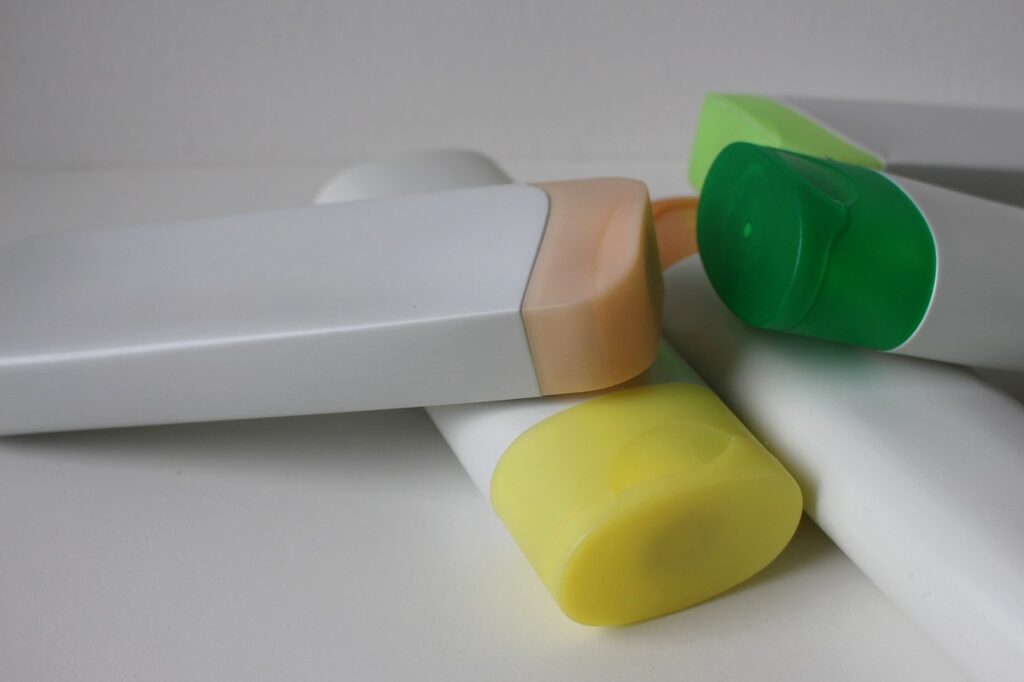
Truth:
- The notion that your hair will become used to shampoo is false. If your shampoo is no longer producing the desired effects, your hair’s condition and demands have most likely changed. For exampleYou may have had it chopped, dyed, relaxed, straightened, or grown it longer. If this is the case, you might consider switching to a more hydrating shampoo.
- Changing seasons can also change your hair’s demands; for example, whether the weather is sunny, humid, or dry, you may adjust your shampoo preferences accordingly or opt for a shampoo bar series that will meet your hair care needs throughout the year.
- But, to be clear, the same shampoo applied on the same hair under the same conditions yields the same effects.
Myth 7 – Fine Hair Doesn’t Need To Be Conditioned
Truth:
- Dehydrating fine hair by not conditioning it is the very worst thing you can do to it. Because the strands of fine hair are so delicate, they are already prone to breakage. When your hair is dehydrated, it gets more static, making it difficult to maintain, style, and make it look finer and thinner than it is.
- Restore fine hair with a protein-rich, densifying conditioner that will strengthen strands internally while also offering a lightweight covering to avoid extreme tangles.
Myth 8 – Shampoos and conditioners for color-treated hair don’t really do anything
Truth:
- Don’t underestimate the power of a cleansing routine that’s specifically designed for color-treated hair. Because colouring your hair reduces its elasticity, investing in color-care products that replace proteins and give moisture is critical to keeping your healthiest strands and most brilliant colour.
- Color-treated hair will thrive if you use a gentle, replenishing cleansing hair treatment mask, which will help you retain hair’s moisture.
Myth 9 – The more shampoo suds, the better
Truth:
- While bubbles are usually entertaining, foaming activity does not indicate that your shampoo is working overtime. Indeed, it is a myth that bubbles are a byproduct of harsh detergents found in sulphate shampoos, which may strip hair of essential oils and minerals.
- Although we’ve been indoctrinated to believe that the more bubbles there are, the deeper the cleaning, this is simply not true because suds have no cleaning properties. Having said that, it’s always a good idea to use the proper shampoo for your hair type.
Myth 10 – Towel-drying and air-drying is better than blow-drying

Truth:
- Air-drying seems appealing in principle; but studies have discovered that using a hairdryer at the appropriate distance and temperature can do less damage than air-drying.
- The science is straightforward: hair expands when it comes into touch with water. The longer it stays like this, the more strain it takes on the fragile proteins that make up hair, and the greater the risk of damage.
- Further study at the GHD Research & Development facility in Cambridge has revealed that using a hair-dryer at the optimal distance, temperature, and following a specific step-by-step approach can actually cause less harm than letting hair air-dry.
Conclusion
Finally, discovering products that are specifically developed to address your hair’s features is the best method to manage dry hair, greasy hair, flyaways, and any other issues you may be experiencing. You’ll have the hair you’ve always desired in no time.


